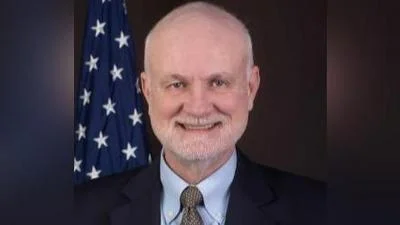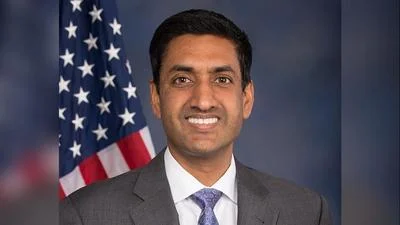John Taylor, Professor of Economics at Stanford University and developer of the "Taylor Rule" for setting interest rates | Stanford University
John Taylor, Professor of Economics at Stanford University and developer of the "Taylor Rule" for setting interest rates | Stanford University
Tandem Drift is a hybrid of grand prix auto racing and pairs figure skating, where two cars skid and weave in synchrony under each driver's control. The lead car performs an elaborate series of maneuvers, while the chase car mirrors these moves closely without making contact. This high-risk activity tests driver skill and control through elegance, speed, and synchrony.
Chris Gerdes, professor emeritus of mechanical engineering and a leading authority on autonomous vehicles, has taken on the challenge of achieving this feat using artificial intelligence. In collaboration with researchers at the Toyota Research Institute, Gerdes' team has developed the world’s first autonomous Tandem Drift team. Both cars operate without drivers, relying solely on AI to plan and execute their movements.
The lead car autonomously plans its trajectory without human input, while the chase car follows by planning a path that allows it to fall back when the lead changes direction and catch up quickly afterward. The vehicles are guided by GPS and communicate via Wi-Fi, often separated by less than 10 inches while moving at speeds up to 35 mph.
Gerdes aims to apply these experimental lessons to improve safety and confidence in autonomous vehicles on public roadways. “It’s a phenomenal sport. Professional drifters are the best at what they do. They’re operating at the absolute maximum of what the tire-road interface will allow,” Gerdes says. “We wanted to see if we could match that skill – using steering, throttle, and brakes to master friction and gravity to achieve these graceful moves. You can’t pre-program that. It’s a real test of what AI can do.”
A video showcasing this achievement highlights the grace, power, and control of autonomous Tandem Drift as well as modern computational capabilities.
For further information:
Jill Wu
School of Engineering
jillwu@stanford.edu
© Stanford University. Stanford, California 94305.
---




 Alerts Sign-up
Alerts Sign-up